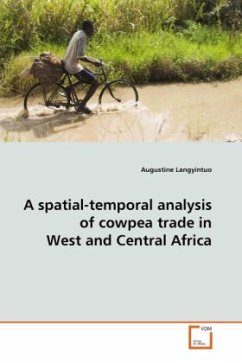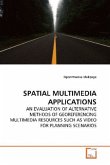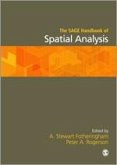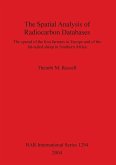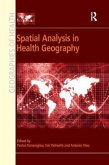A West and Central Africa Cowpea Spatial and Temporal Equilibrium Model was used to analyze the potential impacts of changes in real interest rate, levels of trade barriers, and demand and supply shocks on price, volume and direction of cowpea trade in ECOWAS and the Central African Economic and Monetary Community (CAEMC). A reduced real interest rate within ECOWAS would decrease storage financing costs benefiting consumers in coastal regions and producers in the smaller Sahelian economies. Removing trade barriers among countries in ECOWAS may strongly alter the pattern of cowpea flows but increase the total trade volume and net social welfare. However, only consumers in net-importing countries and producers in net-exporting countries stand to benefit. A supply shock would decrease prices benefiting consumers while a demand shock would increase prices and volume of trade but decrease consumers' welfare. The results emphasize the importance of specialization but also draw attention to the need to devise ways to ensure acceptable welfare distribution among producers and consumers.

